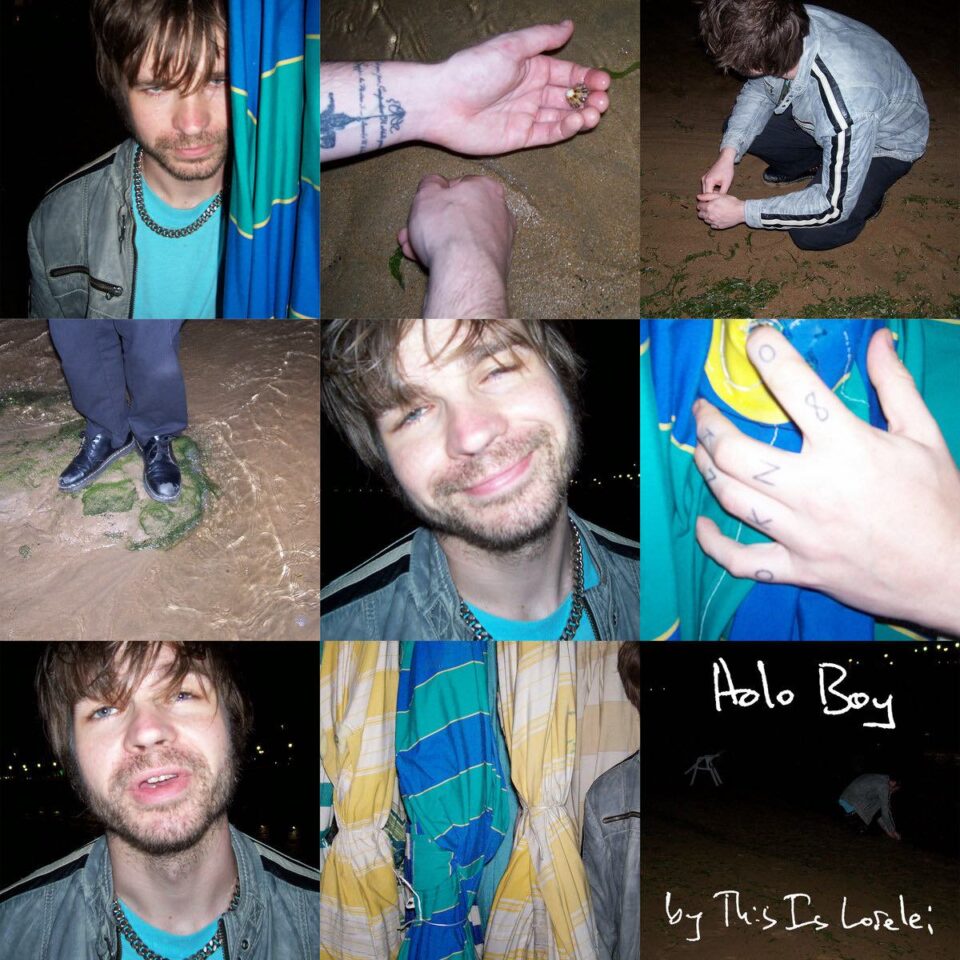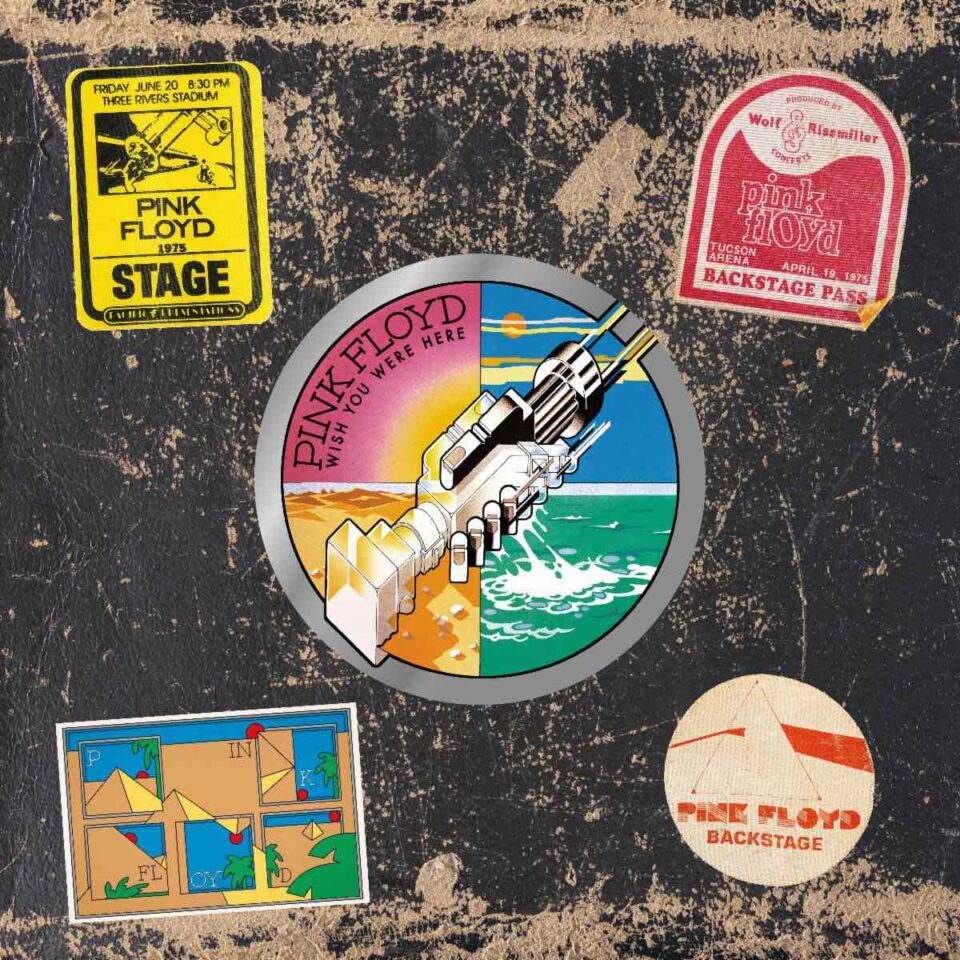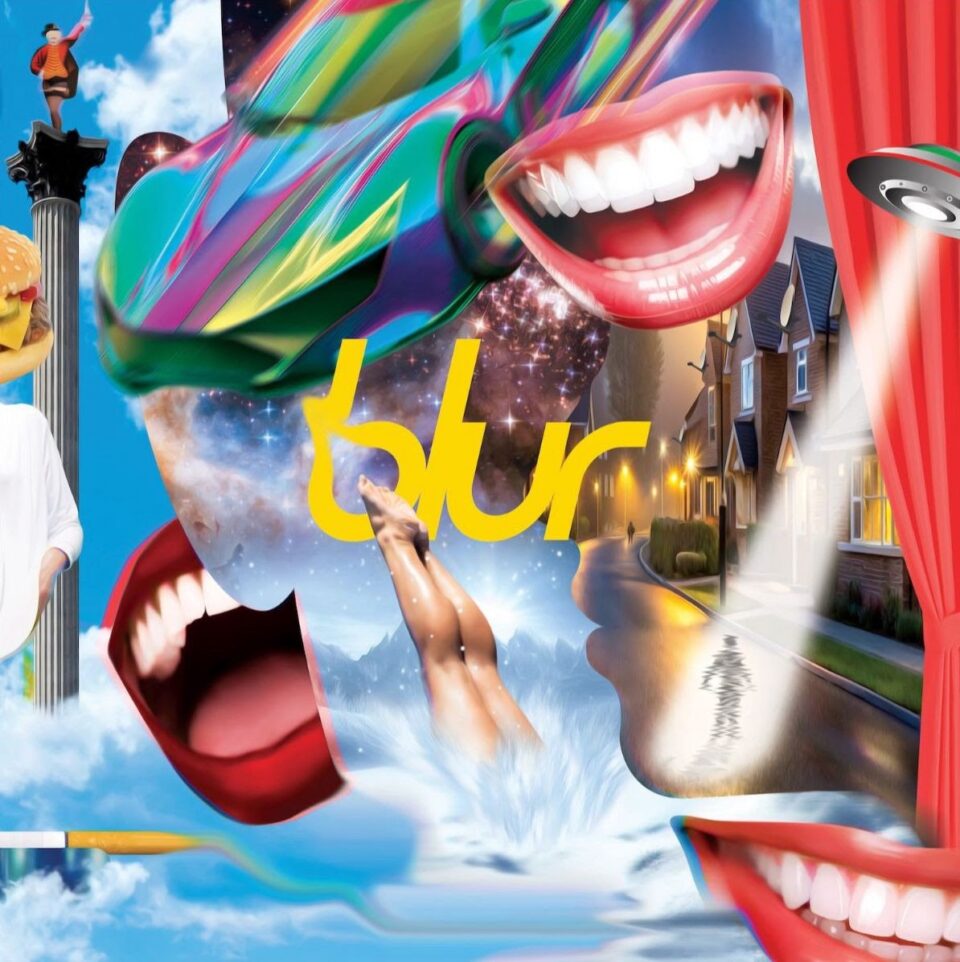“What’s in a name?” asks Juliet to her beloved in Act II, Scene II of Shakespeare’s Romeo and Juliet. “That which we call a rose by any other word would smell as sweet.” That’s probably not what Chris Simpson was thinking when he decided to rename his post-Mineral, post-Gloria Record project, but it’s fitting nonetheless. Having started Zookeeper—which was essentially Simpson bringing his songs to life with the help of an assembled cast of musicians and friends—not too long after The Gloria Record called it a day in 2004, the band released a self-titled EP in 2006 and a full-length, Becoming All Things, in 2007. But then there was silence for seven years until 2014’s second record, Pink Chalk, came out.
Fast forward another six years—after one successful Mineral reunion in 2019 that saw the influential (don’t call them) emo band release their first new songs in over two decades—and another batch of songs called Music for Looking Animals was released, though this time under the moniker Mountain Time. Now, those first two Zookeeper records are getting a vinyl release for the first ever time, but under the Mountain Time name. Titled Saint Francis, Zookeeper, it ties past, present, and even future together and offers up what Simpson has called a “celebration of [his] lost years.”
Along with bonus tracks, the reissue arrives with a video series, The Story of Saint Francis, Zookeeper. Written and narrated by Seth Woods, one of Simpson’s Zookeeper/Mountain Time collaborators, the mini-doc details the journey through time—backwards and forward—that led to the creation of this latest chapter in the Mountain Time narrative. Catch up on part one and part two if you need to, and watch part three exclusively below before our interview with Simpson.
This album takes a look back at the past, but very much with an eye and ear to the future. What set the ball in motion for it all? Was it just to release these records on vinyl?
Yeah, I always wanted to get these records on vinyl. But at the time they came out, people weren’t buying vinyl as much, so we ended up with CDs. Even though we got some press, I feel like we didn’t really make a splash. We didn’t tour much, and it just felt like a hard time to get noticed. But I always just loved these records and wanted to put them out on vinyl, then sort of went away from that and did the first Mountain Time record.
Around the time that was being finished, I started going through all these reels of tape with Seth and Alex [Dupree], who were my main cohorts in the Zookeeper days. I had them all digitized, and we started meeting over Zoom to discuss the massive amounts of stuff we had from that period. Once John at Spartan agreed to put out the vinyl, we started mapping out the side splits and figuring out where we could put some bonus material and what that might be. Through that process, we’ve also started making a whole other record out of stuff that was started back then, so we have another full-length that we’re just starting to mix now that’s all tracked and which is from the same era and same reels. It’s very interesting to finish those songs now, some 15, 20 years after we started them with whatever experience and skills we have now.
“It’s exciting to have done all this work in the past not knowing if or when or how it would ever be finished, and to not have lost that work. Because in a lot of ways, over the years, it felt like lost work—like I did all this work back then and finished and released so little of it.”
You put Music for Looking Animals out just a few months after the pandemic had started. Did doing that inspire you to go back and explore your past more?
I guess it did. Just talking about it in interviews, I started to realize that seven of the eight songs on that record are from that initial-era Zookeeper work, though they’re songs we started working on fresh when we made that record. I’ve always known that I have this body of work from back then of songs I’ve written, but not a lot of them have been released yet. I think there’s nine songs on this album we’re just starting to mix, and there’s more—I think we can probably get another record, at least, out of this stuff! It’s exciting to have done all this work in the past not knowing if or when or how it would ever be finished, and to not have lost that work. Because in a lot of ways, over the years, it felt like lost work—like I did all this work back then and finished and released so little of it. So it’s just a cool reminder that it doesn’t really go anywhere. It just takes time and attention and a vision for how to complete it and get it out.
Did you find yourself reconnecting with these songs and who you were back then when you were listening back?
Yeah, for sure. My favorite thing about recorded music is that once it’s recorded it’s really timeless. Even if nobody buys it or cares about it or listens to it when it’s released, there’s always a chance that someone will discover it. You see that all the time now with obscure records from the past, where somebody has discovered it, repressed it, and all of a sudden there’s this new interest in it. I love that songs can exist outside of time in that sense. But I think I have reconnected with these songs.
“My favorite thing about recorded music is that once it’s recorded it’s really timeless. Even if nobody buys it or cares about it or listens to it when it’s released, there’s always a chance that someone will discover it.”
I’m always worried about being able to connect with this stuff that I wrote so long ago—I worried about that when we did the Mineral reunion, when we were learning the old material. When you’re an artist, there’s this undefined mentality of as soon as you do something you close the door on it and you’re constantly just looking forward. I think that’s right and natural—that’s the way artists work. But I think there’s a trajectory of that sort in the first half of your life—for people in general, not just musicians—and then naturally as you cross that peak and start the second half of your life, it’s just natural to look back and reflect on that life because there’s enough of it to look back and reflect on by then. So I’ve really enjoyed this beginning of the second half of my life and career being spent sort of looking back, connecting to these parts of my past. It feels really full-circle, like I’m able to integrate these parts of my past into present and future and bring the whole thing together.
Watching the videos, it feels like it was a very Bob Dylan and the Band–esque vibe at the time.
Absolutely. That was where I was as far as what I was listening to at the time—it was totally that era and that sort of vibe. That was totally the energy I thought was interesting and the palette I was interested in—piano and organ and acoustic guitar and jangly electrics. I was wearing my influences on my sleeves at the time, if not always in the songwriting then certainly in the way we were going about recording.
You’ve called this a celebration of your lost years. Has putting this together helped you feel any more found with regards to that music and that time? Do you feel less lost?
Weirdly, I actually felt very “found” at the time. More so than I had in the Mineral or Gloria Record years. It felt like a rebirth, that period of creativity and work. It kind of felt like spring after a long winter, in that way. I don’t think they’re necessarily lost in any sense other than that not a lot of people heard them. I’m really excited for people to hear the record that we’re just starting to mix now, because I feel at some point we just have to start calling it all new! Past this retrospective, none of it has ever been released before, and it’s great to be able to put “now” into it—I think the next one that comes out will be the bridge, it’ll get us back to the present.







